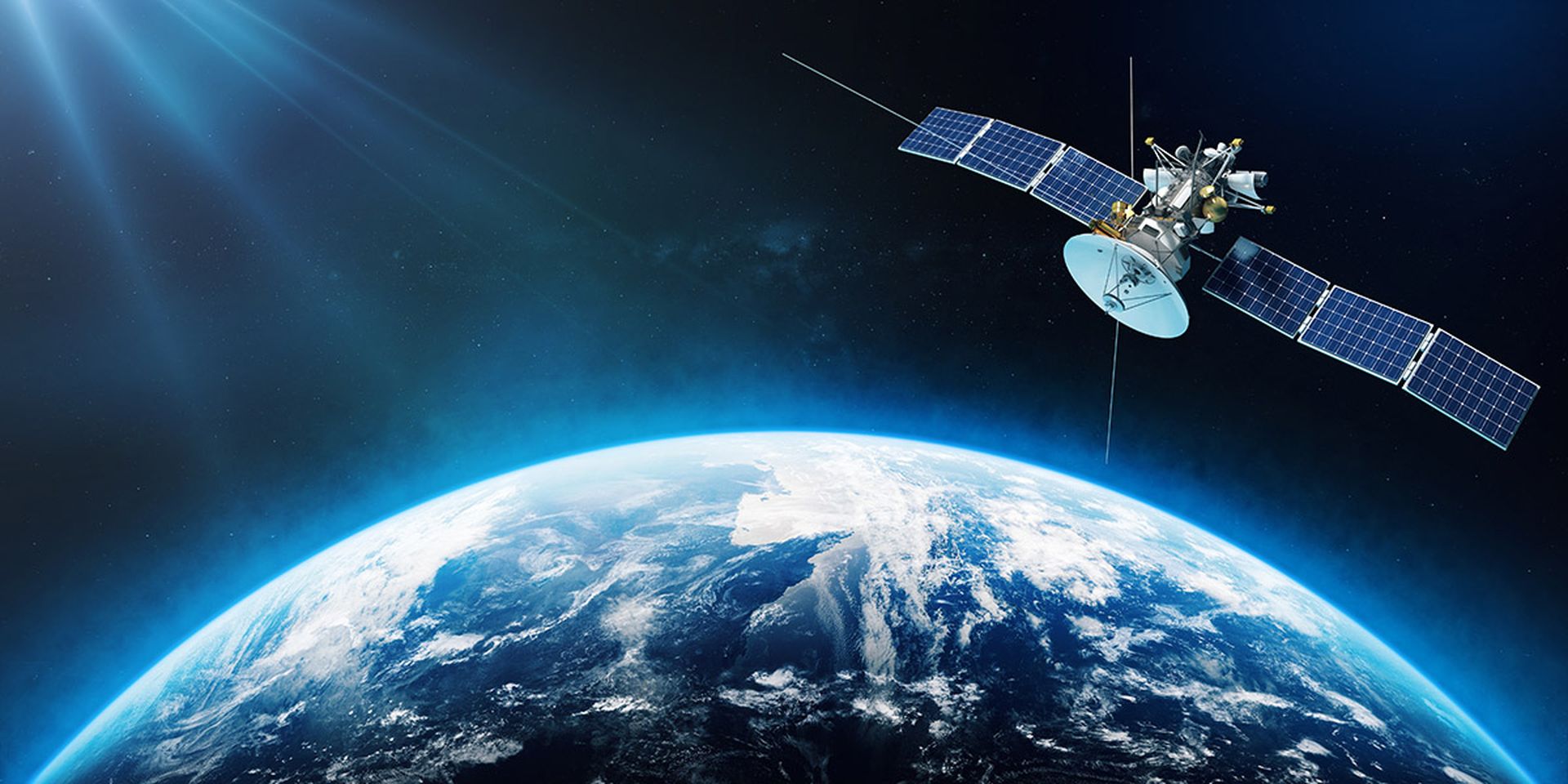Satellites play a critical role in many dimensions of modern life, from navigation and weather forecasting to communications and national defense. Our global society could not function effectively without them. Yet even while our dependence grows, proliferating satellite infrastructure faces serious threats from bad actors, particularly those at the nation-state level with the capability to reach into space.
Whether traditional jamming for broadcast interference, injecting malicious data to alter a satellite’s performance and reliability, or penetrating terrestrial infrastructure that supports orbiting satellites, it’s important to address accelerating sophisticated threats to prevent a disruptive or potentially disastrous event.
Cybersecurity in satellite design
Satellite operators that serve enterprise and defense applications should consider a wide range of protections in their cybersecurity posture. There are requirements to address around both communications security (COMSEC) for protecting data in motion or at rest, and transmission security (TRANSEC) for limiting observation of satellite transmissions.
Depending on the end customer and the sensitivity of their mission or business, teams can integrate multiple layers of defense into the satellite system architecture. Those include basic cybersecurity measures such as monitoring and alerting, anti-malware, patch management, confidentiality management, and all of the practices that contribute to good cyber hygiene. Beyond those, there are elevated steps that operators supporting highly sensitive customer requirements should seriously consider for hardening their constellations. For example:
- Adopt military-grade network security: U.S. Space Force cybersecurity requirements referred to as IA-Pre (Infrastructure Asset Pre-Approval), and higher-level DoD CMMC 2.0 compliance.
- Integrate advanced encryption: U.S. National Security Agency (NSA)-approved encryption for space vehicle telemetry, tracking and command (TT&C).
- Closely adhere to best-in-class standards: Set cybersecurity policies based on NIST SP 800-171 and SP 800-53.
- Advanced jamming protection: While signal jamming has been a long-standing threat, new technologies such as phased array antennas and adaptive bandwidth, and coding and modulation bolster protection against unintentional or malicious interference.
- Ensure high resiliency: Redundant spacecraft bus functions to sustain long-term operations and avoid degraded performance and failures.
- Incorporate low probability of intercept (LPI) and low probability of detection (LPD) capabilities: Techniques such as terminal location obfuscation, beam hopping with short dwell times, and shifting carrier frequencies limit the risk of user terminal transmissions being intercepted or detected.
Even with these kinds of rigorous defenses, attackers can still succeed, threats can get through and disruption remains a real possibility. Consequently, we need to take a community approach to security.
Many national governments now maintain cyber guidance and advisory agencies to engage their citizens on cybersecurity frameworks and best practices. For instance, the U.S. Cybersecurity and Infrastructure Security Agency (CISA), the Canadian Center for Cybersecurity (CCCS), the European Union Agency for Cybersecurity (ENISA), the Asian ASEAN Cyber Capacity Programme (ACCP) and others are working to protect organizations and citizens within their boundaries.
Every satellite operator should stay involved in their own country’s initiative and share detailed and timely information about cyber disruptions their organization may experience. That will let others learn from a disruption and better prepare themselves by proactively addressing the vulnerabilities that a specific attack mechanism leveraged. It’s especially important given the increasing number of critical infrastructure environments governments rely on. There’s a duty to protect national well-being that exceeds protecting one’s own company.
A path to international cooperation
Beyond each operator securing its own assets, given the finite number of satellite operators working in the vast domain of space, it’s valuable – and indeed necessary – for collaborative efforts to help ensure our mutual defense. What harms one may harm all; what one learns can teach all. As the ecosystem eventually moves to interoperability, the urgency will increase.
The Space Information Sharing and Analysis Center (Space ISAC) has been advancing this idea across the global space industry for the past five years. This association of space and satellite companies collaborates on best practices and intelligence about cybersecurity and cyber threats to the industry. The Space ISAC Watch Center maintains continual threat monitoring as well as receives threat information from member companies, automatically redistributing alerts in real-time to all members for immediate preventive action.
Space ISAC also maintains multiple working groups focused on topics of industry concern, such as threat intelligence, regulation, and supply chain risk management. It was the Space ISAC that shared information about a sophisticated attack that disrupted satellite service for four days in Ukraine and Europe after the 2022 invasion of Ukraine.
The Space ISAC has created a trusted environment where such detailed information gets communicated by companies that they would typically hold back from perceived competitors. Stringent member vetting and rigorous security processes ensure a trustworthy flow of information that otherwise would not exist.
Defense organizations have long understood the value of allied forces. Space has become an increasingly contested environment with enormous potential terrestrial implications, and space security should not become an isolationist effort. That’s why we need broad industry participation. The stakes could not be higher.
Shirl Mitchell, director of cybersecurity and compliance, Telesat




